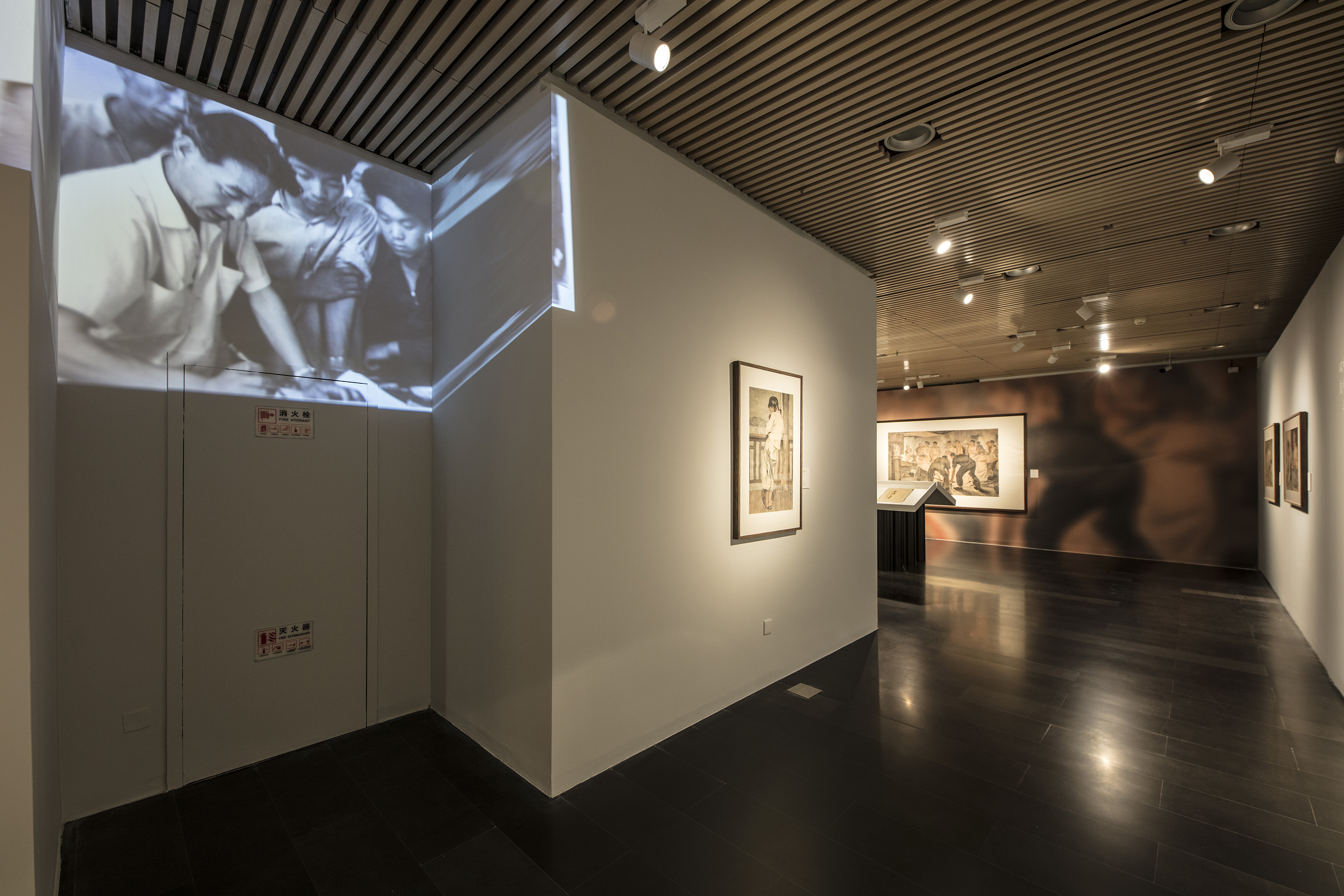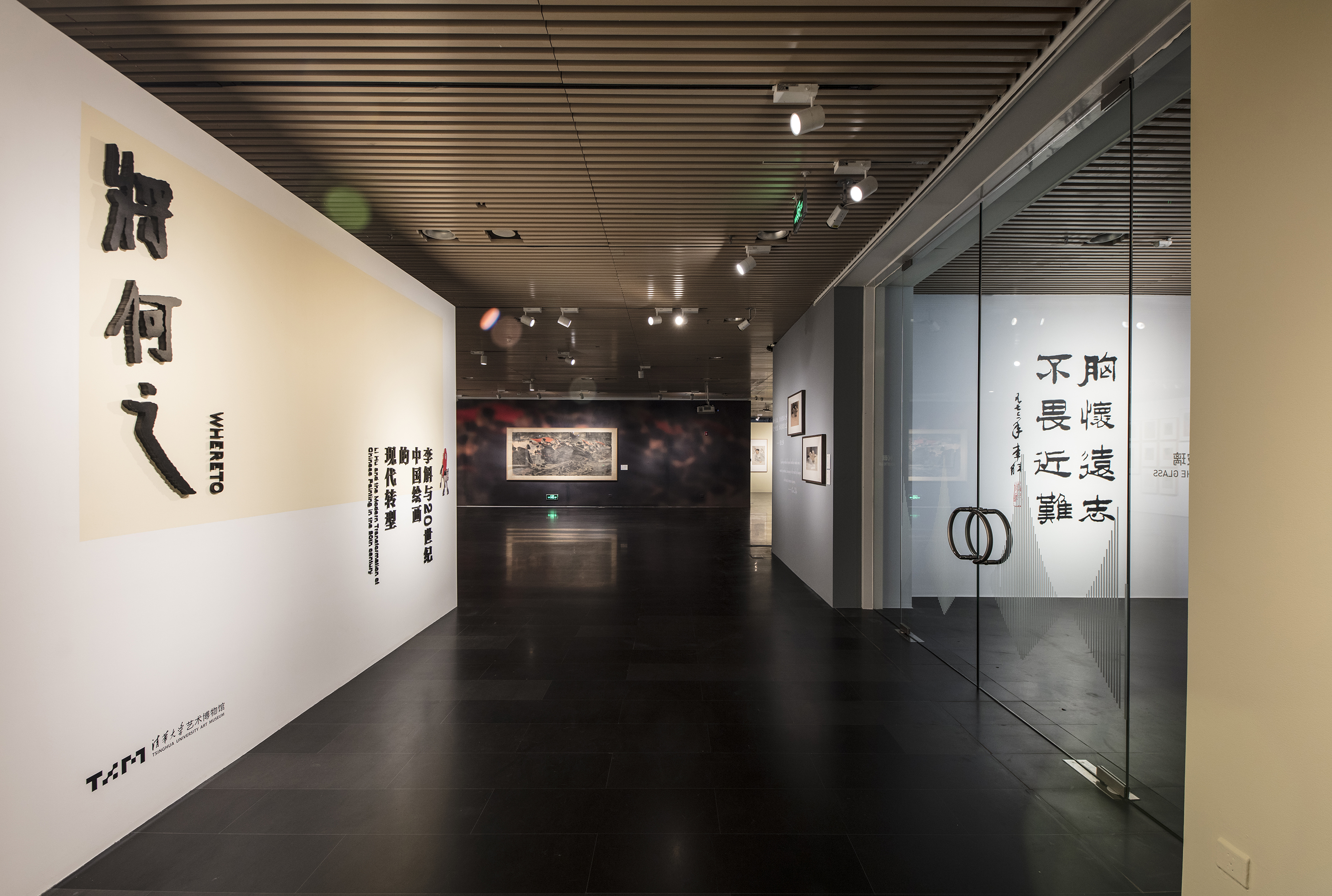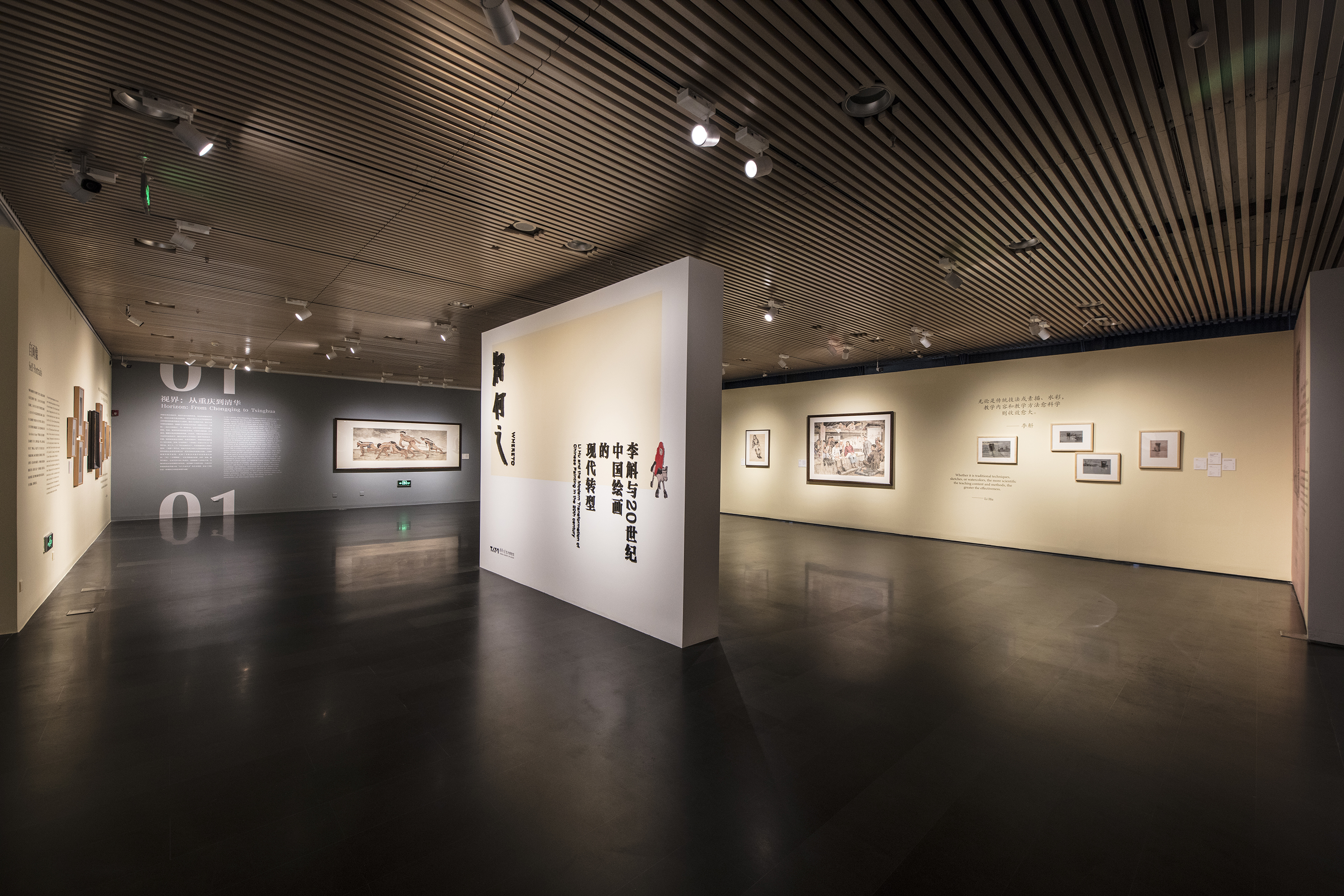![]()

![]()

Exhibition Info
Exhibition Period: 12 April 2023 – 20 August 2023
Exhibition Venue: 3rd Floor Exhibition Hall, Tsinghua University Art Museum
Exhibition Profile
What role did Li Hu play in the modern transformation of Chinese painting in the 20th century? What insights can we gain from this modern transformation? This exhibition showcases over 150 paintings by Li Hu, including ink paintings, paintings with colors, oil paintings, sketches, and speed sketches. It aims to explore how the painter’s personal endeavors and the modern transformation of Chinese painting unfolded within the broader context of 20th-century Chinese society. This exhibition starts with the artist’s self-portraits and is followed by four sections: “Horizon: From Chongqing to Tsinghua,” “Paradigm: From Sketching to Creation,” “Pursuit of Truth: From Life to Art,” and “Landscape: From Mountains and Rivers to Scenery.” These sections examine Li Hu’s contribution to the modern transformation of Chinese painting from four angles: artistic concepts, creative paradigm, the relationship between art and life, and the transition from landscape to scenery. The exhibition’s title, “Whereto,” is derived from a small painting by Li Hu, which not only reflects the artist’s personal thoughts but also questions about the direction of Chines painting in the 20th century— “where is Chinese panting heading to?” Without a doubt, in the modern transformation of Chinese painting in the 20th century, Li Hu embarked a journey to explore the possibilities of inheriting and combining the strengths of traditional Chinese art and Western classic painting. Where this journey will lead us is a question we must continue to confront today.
Artist Profile
Li Hu (1919-1975), also known by his courtesy name Baifeng, was a renowned Chinese painter in 20th-century China. Born as Li Xinyuan in Dazu, Sichuan province, he began his artistic education in 1933 at Chengdu Normal School in Sichuan. From 1942 to 1946, he studied in the Art Department at the Central University in Chongqing under the tutelage of painting masters such as Xu Beihong, Huang Xianzhi, Lü Sibai, Fu Baoshi, Xie Zhiliu, and Li Ruinian. Li Hu’s modeling techniques impressed Xu Beihong, who invited him to Beiping (today’s Beijing) from Chongqing in late 1948. Li Hu initially taught in the Department of Architecture at Tsinghua University, but his artistic vision underwent significant changes due to the migration between north and south and the establishment of the People’s Republic of China in 1949. In 1951, Li Hu joined the faculty at the Central Academy of Fine Arts (CAFA) as a lecturer, and in 1962, he became the head of the Figure Painting Section of the Chinese Painting Department at the CAFA. During the Cultural Revolution, Li Hu continued to create art despite suffering from illness. In 1973, when his health deteriorated, he wrote “holding lofty aspiration, not fearing difficulties” to motivate himself. Li Hu passed away in Beijing in 1975.





Source: Tsinghua University Art Museum
